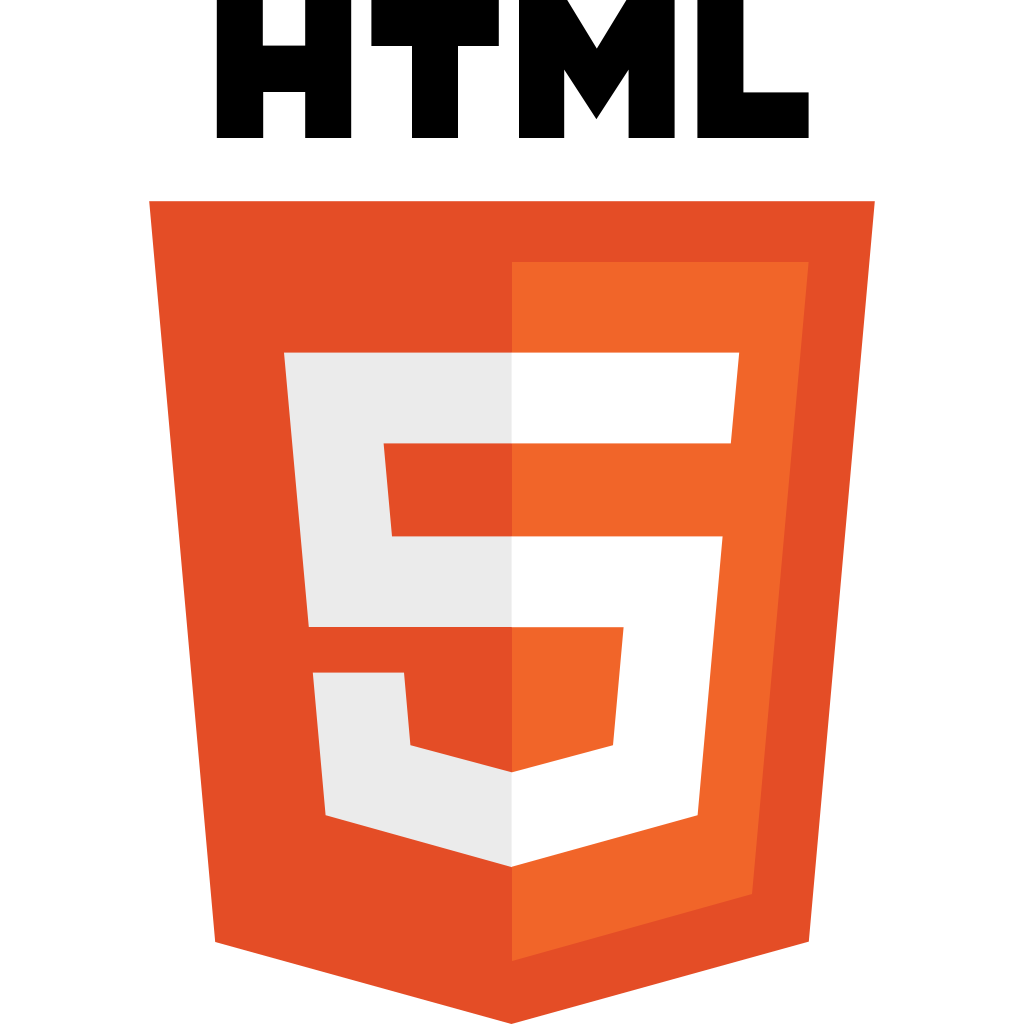
HTML stands for Hyper Text Markup Language · HTML is the standard markup language for creating Web pages and Web Applications · HTML describes the structure of a Web page ·
The first version of HTML was written by Tim Berners-Lee in 1993. Since then, there have been many different versions of HTML. The most widely used version throughout the 2000’s was HTML 4.01, which became an official standard in December 1999. Currently another popular version is HTML5.
Hyper Text: Hypertext is text which contains links to other texts. Whenever you click on a link which brings you to a new webpage, you have clicked on a hypertext. Hyper Text is a way to link two or more web pages with each other.
Markup Language: A text, which is surrounding an angular bracket is called markup language.
Webpages: Webpage is nothing but a page which contain some information such as text, images, forms, tables, etc.
Websites: Collection of webpages are known as websites.
Example of HTML Documents:
<!DOCTYPE html>
<html>
<head>
<title>Web Page Title</title>
</head>
<body>
<h1>My 1st Heading</h1>
<p>My 1st paragraph.</p>
</body>
</html>Example Explained:
<!DOCTYPE html>It’s defines document types (Like HTML5 document).<html>It is the root element of an HTML page.<head>Head elements contains meta information about the HTML page<title>Title element specifies a title for the HTML page.<body>Body element defines the document’s body, and is a container for all the visible contents, such as headings, paragraphs, images, hyperlinks, tables, lists, etc.<h1>Heading element defines a large heading.<p>Paragraph element defines a paragraph.